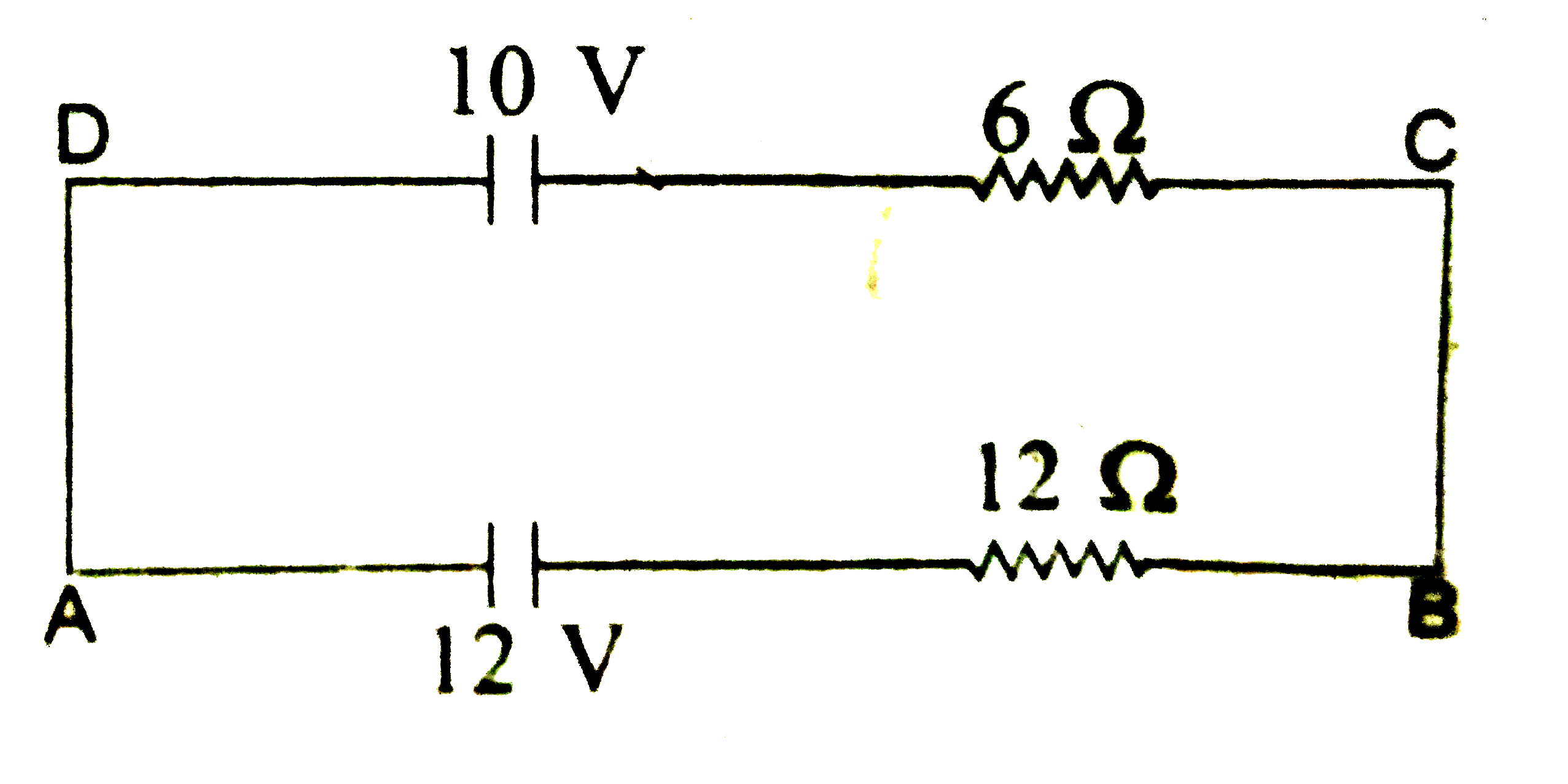Two statements are given followed by four conclusions, I, II, III and IV. You have to consider the statements to be true, even if they seem to be at variance from commonly known facts. You are to decide which of the given conclusions can definitely be drawn from the given statements. Indicate your answer.
Statements :
(A) NO cow is a chair.
(B) All chairs are tables
Conclusions :
I. Some tables are chairs.
II. Some tables are cows.
III. Some chairs are cows
IV. No table is a cow.
Either II or III follow.
Either II or IV and I follow
Only I follows
All conclusions follow
The correct Answer is:B
First Premises is Universal Negative (E -type).
Second Premises is Universal Affirmative (A-type).

E+A⇒O1- type of Conclusion "Some tables are not cows".
Conclusion I is Converse of the second Premise. Therefore, Conclusion I follows.
Conclusions II and IV form Complementary Pair. Therefore either Conclusion II or IV follows. Thus, Conclusion I and Conclusion II or IV follow.
There is no such options.
Topper's Solved these Questions
- SYLLOGISM, STATEMENT AND CONCLUSIONSBOOK - KIRAN PUBLICATIONCHAPTER - SYLLOGISM, STATEMENT AND CONCLUSIONSEXERCISE - TYPE II
193 Videos
- SERIESBOOK - KIRAN PUBLICATIONCHAPTER - SERIESEXERCISE - TYPE-VI
90 Videos
- SYMBOLS & NOTATIONSBOOK - KIRAN PUBLICATIONCHAPTER - SYMBOLS & NOTATIONSEXERCISE - TYPE-III
38 Videos
Similar Questions
Following a statement, conclusions I, II and III are given. Which one of the four alternatives is correct?
Statement : Ministers arrived at the public function in their cars.
Conclusions :
I. All ministers are rich.
II. Ministers have cars.
III. Ministers came to the public function.
View SolutionChoose the correct alternative from the given ones that will complete the series.
A4,D9,H15,M22
View SolutionAfter interchanging ÷ and +, 12 and 18, which one of the following equations becomes correct?
View Solutionक्लोरोफॉर्म को प्रकाश एवं वायु के प्रभाव से बचाने के लिए क्या सावधानियाँ बरती जाती है?
View Solutionदिए गये विघुत परिपथ की सहायता से ज्ञात कीजिए
- (i) परिपथ में धारा , तथा
(ii) बिन्दु A तथा B के बीच विभवान्तर ।

View Solutionधारामापी को वोल्टमीटर में कैसे बदला जा सकता है?
View Solutionएक इलेक्ट्रॉन तथा एक प्रोटॉन जिनकी गतिज उर्जाएँ समान है, एकसमान चुम्बकीय क्षेत्र से लम्बत प्रक्षिप्त किये जाते है। पथ की त्रिज्या होगी-
View Solutionएक राजमार्ग पर दो बिन्दु A और B एक दूसरे से 90 किमी की दूरी पर है। एक कार A से तथा दूसरी कार B से एक साथ चलती हैं। यदि वे एक दिशा में चलती हैं, तो वे 9 घण्टे बाद मिलती हैं और वे विपरीत दिशा में चलती हैं, तो 97 घण्टे बाद मिलती है। उनकी चाल ज्ञात कीजिए।
View Solutionश्री मोहित ने एक निश्चित दूरी के लिए ट्रेडमिल पर चलने का फैसला किया है। पहले दिन, वह एक निश्चित गति से चलता है। अगले दिन, वह ट्रेडमिल की गति को 1 किमी/घंटा बढ़ाता है, वह 6 मिनट कम लेता है और यदि वह गति को 1 किमी/घंटा कम करता है, तो वह 9 मिनट अधिक लेता है। उसने प्रतिदिन कितनी दूरी चलने का निश्चय किया?
View Solutionएक रेखिक समीकरण दी गई है । दो चरो में एक ऐसी और रेखिक समीकरण लिखिए ताकि प्राप्त युग्म का ज्यामितीय निरूपण जैसा कि:
(i)प्रतिच्छेद करती रेखाए हो।
(ii) समान्तर रेखाए हो।
(iii) सम्पती रेखाए हो|
View Solution30 टिकटों की लाटरी से, जिन पर 1, 2, 3,...., 30 अंकित हैं, चार टिकटें खींची जाती हैं। यदि खींची हुई टिकटों में 1 और 2 से अंकित टिकटें हों, तो प्रायिकता ज्ञात करो।
View Solutionआयनिक ठोसों के लिए जिसमे धनायन तथा ऋणायन प्रबल वैधुतक्षैतिज बल के द्वारा जुड़े होते हैं इनमे से कौन-सा कथन सही नहीं है ?
View Solutionनिम्नलिखित समीकरणों के अनुसार धातु A,B,C,D व H2 की विधुत - रासायनिक श्रेणी का निर्माण करो ।
(i) 2A+2HCl→2ACl+H2
(ii) B+2HCl→BCl2+H2
(iii) 2A+BCl2→2ACl+B
(iv) D+CCl2→DCl2+C
(v) D+HCl→ कोई अभिक्रिया नहीं
View Solutionनीचे कुछ अभिक्रियाएँ दी गयी है-
(a) ACl2+B→BCl2+A
(b) B+DCl→ कोई अभिक्रिया नहीं
(c) C+2DCl→2D+CCl2
(d) C+ECl2→ कोई अभिक्रिया नहीं
(e) H2+ECl2→2HCl+E
(f) H2+FCl2→ कोई अभिक्रिया नहीं
उपरोक्त दिए तत्वों (A से F) को रासायनिक सक्रियता के घटते क्रम में व्यवस्थित करो ।
View Solutionयदि 2x+5y−6z+3=0 एक समतल का समीकरण हो, तो दिए गए समतल के समांतर समतल का समीकरण होगा
View Solutionनिम्नलिखित कथनों पर विचार करें :
कथन I : →a=2→i−3→j+→k और →b=5→i+2→j−4→k परस्पर लंबवत है
कथन II : →a×→b=0
View Solution
